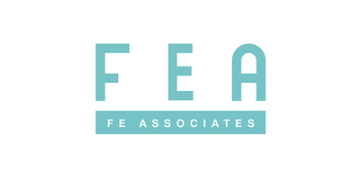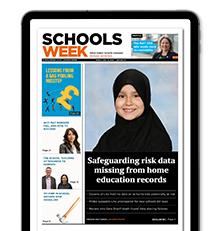Later this month we will be setting out the full suite of changes we are making to education inspections. We have carefully considered the thousands of thoughtful responses we have received from parents, teachers, inspectors and other education professionals, and that feedback is helping us to make improvements to our proposals.
As we expected, we heard how important it is to ensure school inspections are conducted as consistently as possible, resulting in grades that are both valid and reliable.
This is something we take incredibly seriously at Ofsted. Over the past few years, we have introduced structural changes to ensure consistency and quality-assurance run through how we work.
Notifying all routine school inspections on a Monday (which will continue from November) has been received positively by schools. As well as reducing unnecessary pressure on headteachers anticipating “the call” on Tuesdays and Wednesdays, it allows us to gather His Majesty’s Inspectors (HMIs) on Fridays for reflective practice and consistency sessions.
Indeed, consistency is such an important issue for Ofsted that it involves senior colleagues gathering every week to ensure we are meeting our own high expectations.
In addition, creating an internal consistency improvement hub, introducing HMI-led inspections and better matching of Ofsted Inspectors’ backgrounds to providers are all designed to drive higher consistency, as is the way in which we will use context information and data in inspections.
But we know there is always more to do because this is such a knotty and complicated area.
As Tim Leunig wrote recently, validity and reliability don’t always go hand in hand. A set of bathroom scales that tells us we are 5 kilograms heavier than our true weight every time we use it is reliable, but it’s not telling us anything valid about our weight (it’s reliably wrong!).
This won’t be a one-off exercise
Given the importance parents give to our grades and the regulatory action the Department for Education takes on the back of those grades, we know how important it is to ensure our inspection grades are both as valid and as reliable as possible.
Ultimately, we also want to know how consistent our inspections are through testing. There are no easy ways to do this, but we have listened to feedback from our consultation, including from John Jerrim and Christian Bokhove in these pages among others.
That is why, when we introduce our renewed education inspection framework in November, we will begin a programme of work to assess consistency in school inspections.
As part of the quality assurance (QA) process, senior inspectors will shadow a sample of live inspections.
We will treat the inspection as we treat a normal QA visit: schools will know that an additional, senior inspector will be on site, and that their role is to advise and guide the inspection team to the right result.
The senior inspector’s role will be specifically to ensure the consistency of inspection outcomes as part of a larger process.
After each inspection, any initial differences between senior inspectors and inspection teams will be analysed by our research and evaluation team. This information will be then considered alongside wider consistency activity (including giving inspectors scenarios simulating real-world inspections to evaluate training) so that we can update and improve our training and inspection materials.
Importantly, this won’t be a one-off exercise. This will be an ongoing mechanism to understand how consistent we are and how we can improve.
We expect to find high levels of consistency as we have done in the past, but if we uncover areas where further tightening is possible, we will make changes. We will also publish what we find next year.
Together with the structural changes we have already made to the way we work, this testing will ensure we create a feedback loop to drive continuous improvement in our work.













Your thoughts